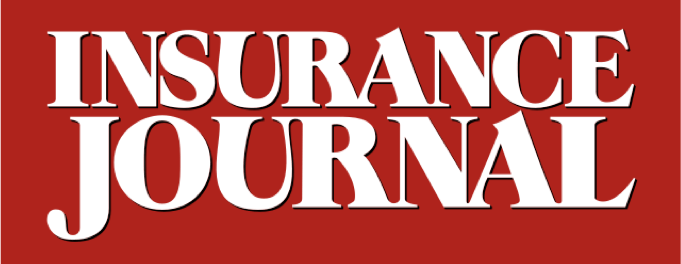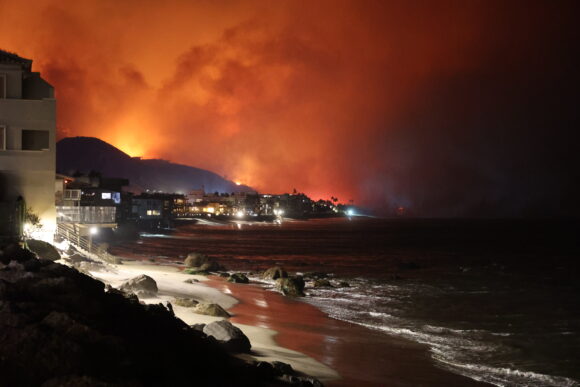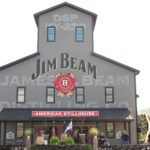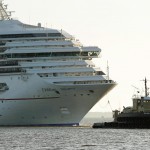The California Department of Insurance completed a review of the state’s first wildfire catastrophe model, marking a dramatic change in the state’s property/casualty insurance ratemaking process.
The new model for use by insurers in assessing wildfire risk in property insurance ratemaking, which was created under under the state’s new regulatory framework to address a growing homeowners insurance crisis in California, was developed by the Extreme Event Solutions business of Verisk.
The Verisk Wildfire Model for the United States was reviewed through the CDI’s Pre-Application Required Information Determination (PRID) process as part of California Commissioner Ricardo Lara’s Sustainable Insurance Strategy.
Related: Wildfire Season Preview: Rest of 2025 Is High-Risk, May Follow LA Wildfires Paradigm
In exchange for being able to use modeling in rate making, insurance companies will be required to write more policies in wildfire-distressed areas.
“This closes one of the biggest coverage gaps across the state,” Lara said in a statement. “Under existing regulations, insurers have raised rates without guaranteeing coverage or committing to Californians, causing distress for homeowners. That ends now.”
Rising rates and lack of availability have driven the state into a homeowners insurance crisis, pushing people in the insurer of last resort, the California FAIR Plan, and into surplus lines. Surplus lines homeowners insurance transactions were up 119% in the first half of the year from the same period last year, when transactions were already on the rise, according to new data from the Surplus Line Association of California.
The pain inflicted on California’s property market has grown steadily in the last few years after a series of devastating wildfire seasons—CalFire data show that seven of the state’s 10 most destructive wildfires have occurred in the last 10 years. That trend has been followed by numerous carriers pulling back from writing new policies in the state and seeking large rate hikes.
The L.A. wildfires made things worse. The blazed destroyed more than 16,000 structures and killed 30 people. Estimated insured losses from the L.A. wildfires range between $30 and $35 billion.
Several big carriers, including State Farm, Allstate, Farmers, and Mercury, reported paying more than $1 billion in claims from the wildfires. One of those companies is State Farm, which as of mid-June reported receiving 12,855 total claims related to the fires and paid out more than $3.96 billion.
State Farm, which insures roughly one-in-five California homeowners, has asked for a large rate hike, based partly on the carrier’s massive losses from the fires.
The carrier upped its rate request in May, a week after getting the OK for a large rate hike to what the company had originally wanted before being rejected and agreeing to an interim deal for an increase. The wildfire-bitten insurer got approval for a 17% rate increase following billions of dollars in losses from the Los Angeles wildfires and pullback on writing new policies in the state.
A report from a climate activist group says State Farm’s rate increases would cost the average California homeowner more than $1,000. An analysis from the Center for Climate Integrity says that if the additional increase is approved, the average California policyholder will be paying $1,015 more for homeowners insurance in 2026 than they did in 2023.
Catastrophe models are accepted as a part of ratemaking in all states. The Verisk Wildfire Model is already approved by the Nevada Division of Insurance.
“This is a transformative moment for the insurance industry and for California homeowners and businesses,” Rob Newbold, president of Verisk Extreme Event Solutions, said in a statement. “We’re proud to be the first catastrophe modeler to work with the California Department of Insurance to offer a modeled assessment of wildfire risk and contribute to efforts to bring stability to the insurance market.”
Opponents to using modeling in the ratemaking process have argued that it has the potential to raise rates on consumers. Consumer Watchdog, which has opposed using modeling and other elements of Lara’s Sustainable Insurance Strategy, including allowing insurers to factor in reinsurance, has been reached out to for comment.
The CDI will begin accepting rate applications from insurers using the Verisk Wildfire Model, detailing their plans to write and maintain more homeowners and commercial insurance policies in the voluntary market.
The CDI’s model advisor led a six-month process to vet the Verisk model. The CDI is reviewing models submitted by Karen Clark and Company and Moody’s.
Top photo: 2025 Palisades Fire in Los Angeles. Source: CalFire.
Was this article valuable?
Here are more articles you may enjoy.



 Is the AI Boom a Bubble Waiting to Pop? Here’s What History Says
Is the AI Boom a Bubble Waiting to Pop? Here’s What History Says  Cloudy Future for Bourbon Has Jim Beam Closing Distillery for a Year
Cloudy Future for Bourbon Has Jim Beam Closing Distillery for a Year  Kansas Man Sentenced to Probation for Insurance Fraud
Kansas Man Sentenced to Probation for Insurance Fraud  Stepbrother Suspect in Cruise Ship Death Says He Doesn’t Remember Anything
Stepbrother Suspect in Cruise Ship Death Says He Doesn’t Remember Anything 

